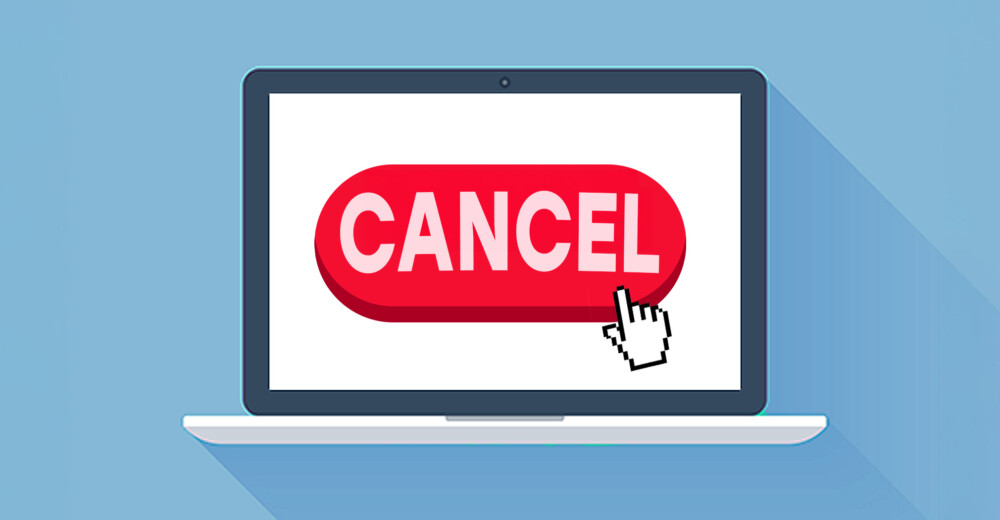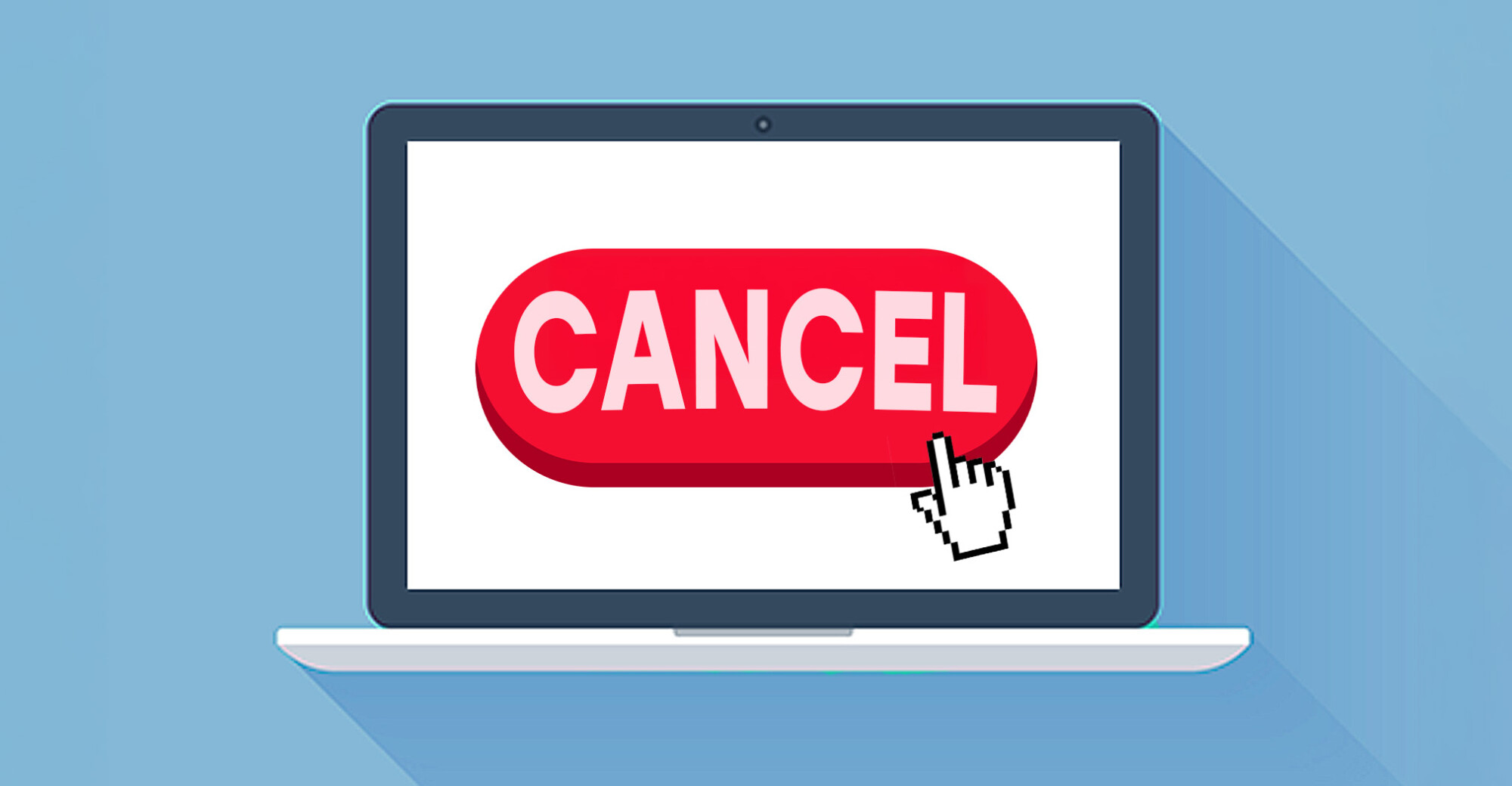FTC “Click-to-Cancel” Rule Court Case
TINA.org filed a brief as amicus curiae in the Eighth Circuit Court of Appeals in a case entitled Custom Communications, Inc. v. FTC in support of the FTC’s final amendments to its Negative Option Rule (often referred to as the “Click-to-Cancel” Rule), which would have required companies to make it as easy for consumers to cancel their recurring subscriptions as it was to sign up.
TINA.org previously submitted comments in support of the FTC’s amendments to its Negative Option Rule. To read about those efforts, click here.

Timeline
2025
July 8
The Eighth Circuit Court of Appeals vacates the “Click-to-Cancel” rule in its entirety based on procedural grounds.
May 9
The FTC votes to defer the compliance deadline for the amended Negative Option Rule by 60 days, meaning companies now have until July 14, 2025 to comply with the Rule. The Commission issues a statement on the new deadline.
March 21
TINA.org files an amicus curiae brief in support of the FTC.
March 14
The FTC files its merits brief.
February 19
Custom Communications, Inc. and other petitioners file their opening brief.
January 14
The FTC’s final “Click-to-Cancel” rule becomes effective.
2024
November 21
The U.S. Judicial Panel on Multidistrict Litigation consolidates three other petitions for review filed in other Circuit Courts of Appeals (Electronic Security Association v. FTC (Fifth Circuit), Michigan Press Association v. FTC (Sixth Circuit), and Chamber of Commerce of the U.S.A. v. FTC (Eleventh Circuit)) with Custom Communications, Inc. v. FTC in the Eighth Circuit.
November 15
Final Negative Option Rule is published in the Federal Register. The rule is to become effective on January 14, 2025, and regulated entities have until May 14, 2025 to comply with certain provisions of the rule, including the “Click-to-Cancel” provision.
October 22
Custom Communications, Inc. d/b/a Custom Alarm files a petition for review of the FTC’s Negative Option Rule in the Eighth Circuit Court of Appeals.
October 16
FTC announces final amendments to its Negative Option Rule (also referred to as the “Click-to-Cancel” Rule).
Featured

TINA.org Supports FTC’s ‘Click to Cancel’ Rule against Industry Challenge
Companies should not be able to trap consumers into subscriptions that they do not want.